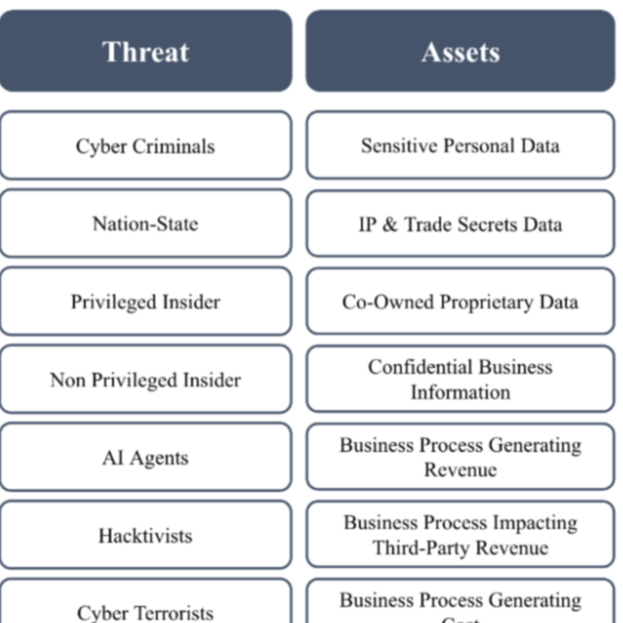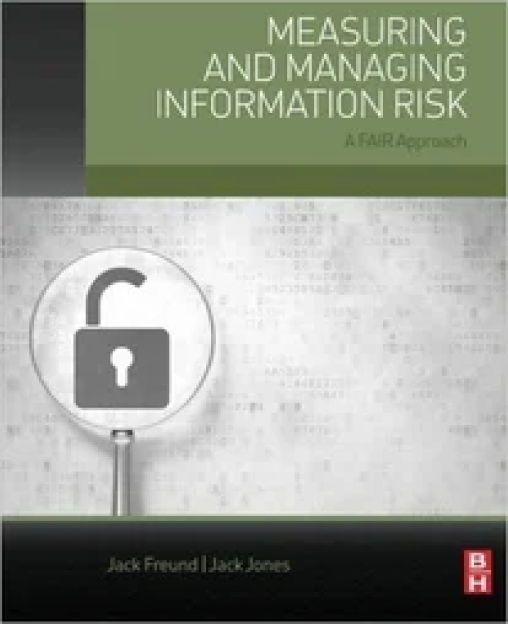Announcing a FAIR Taxonomy for Cyber Risk Scenarios


We are pleased to release the FAIR Taxonomy for Cyber Risk Scenarios: An Analyst’s Guide for Defining Risk Scenarios for Continuous Risk Management—a resource to help organizations define, refine, and manage cyber risk scenarios more precisely. This guide provides a standardized taxonomy for cyber risk scenarios, ensuring analysts and decision-makers can consistently define risks, develop risk registers, and prioritize scenarios.
The guide is the first of at least three in a series. Others will address which risk scenarios to consider and prioritize and how best to measure risk according to scenarios (using the FAIR Model).
We present this guide to the community for use and feedback. Pending feedback, we anticipate proposing the taxonomy to the FAIR Institute Standards Committee as a new standard in our portfolio.
Why This Guide Matters
Organizations often face challenges in defining cyber risk scenarios effectively, leading to inconsistent risk assessments and decision-making. Common pitfalls include:
- Vague risk statements that lack actionable detail (e.g., “phishing is a big risk”).
- Overloaded risk registers that obscure the most critical threats.
- Inconsistent definitions of threats, assets, methods, and loss effects, making comparison and prioritization difficult.
The taxonomy for cyber risk scenarios solves these issues by introducing a structured, industry-aligned approach to defining risk, enabling more effective cyber risk quantification and management.
Key Features of the Guide
This guide introduces several essential components:
- Refined cyber risk taxonomy with clearly defined categories of threats, assets, methods, and effects to improve clarity and usability
- Updated risk scenario framework that aligns with modern threat landscapes
- Expanded list of effects based on the FAIR Materiality Assessment Model (FAIR-MAM) to provide more granularity in scenario definitions
The Scenario Taxonomy
The guide defines and discusses the following defining elements of a cyber risk scenario:
1 . Threat – The entity causing harm (e.g., cybercriminals, nation-state actors, insiders)
2 . Asset – The business-critical element being impacted (e.g., financial systems, intellectual property, customer data)
3. Method – The attack vector used (e.g., phishing, ransomware, supply chain compromise)
4. Effect – The type of business loss resulting from the attack (e.g., financial fraud, business interruption, reputational damage)

The guide recommends that each scenario statement follows a consistent structure:
“[Threat] impacts [asset] via [method], causing [effect(s)].”
Example: A cybercriminal impacts company funds (cash and cash equivalents) via a phishing-based business email compromise (financial fraud), causing a direct financial loss (financial fraud).
The guide then provides a detailed taxonomy of the four defining elements, as shown below.
The guide provides a definition for each element of the taxonomy and provides useful examples.
Benefits of Using the Scenario Taxonomy
Organizations that adopt the structured approach outlined in this guide will benefit from:
- Improved decision-making: Well-defined scenarios enable data-driven risk prioritization and mitigation.
- Optimized resource allocation: Focus on the most impactful risks rather than generic threats.
- Enhanced communication: A standardized language for discussing cyber risk across security, risk, and executive teams.
More actionable risk registers: Replace ineffective, vague risks with clearly defined, relevant scenarios.
Who Should Use This Guide?
The FAIR Taxonomy for Cyber Risk Scenarios is designed for cybersecurity and risk management professionals, including:
- Cyber risk analysts and security leaders
- Governance, Risk, and Compliance (GRC) teams
- Business executives and decision-makers involved in cyber risk prioritization
- Cybersecurity consultants and risk advisory professionals
Download Today
The FAIR Taxonomy for Cyber Risk Scenarios (February 2025) is now available here for FAIR Institute members. Download your copy today and take the first step toward building a structured, effective cyber risk management program.
We welcome your feedback as we continue refining this framework. Let’s work together to clarify cyber risk scenario analysis and strengthen the industry’s approach to quantifying cyber risk. To share feedback, email us at Standards@FAIRInstitute.org.










